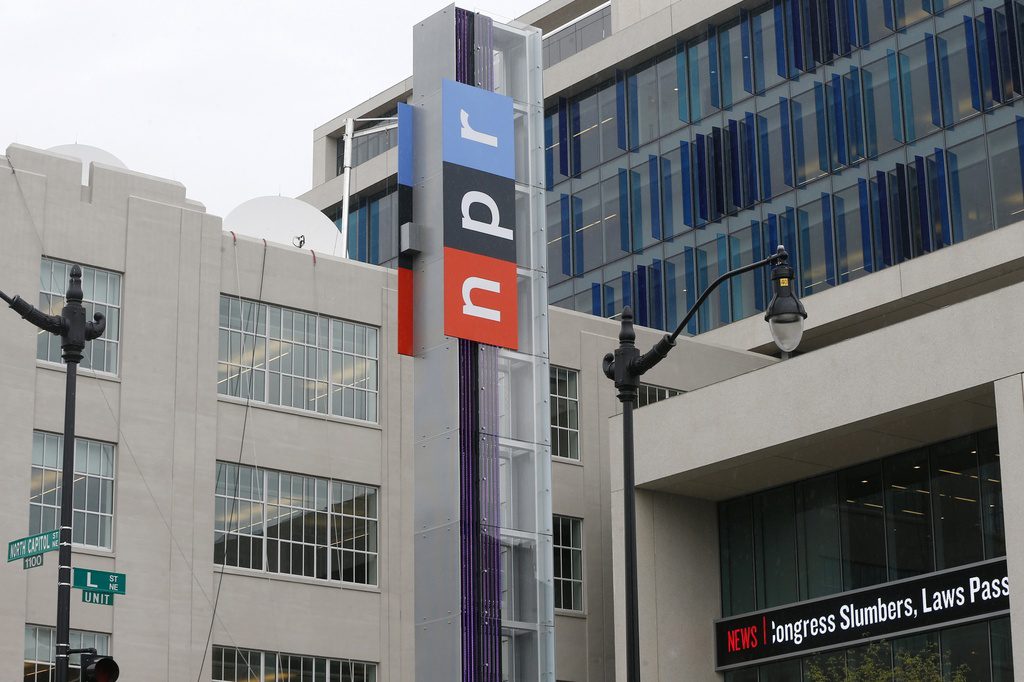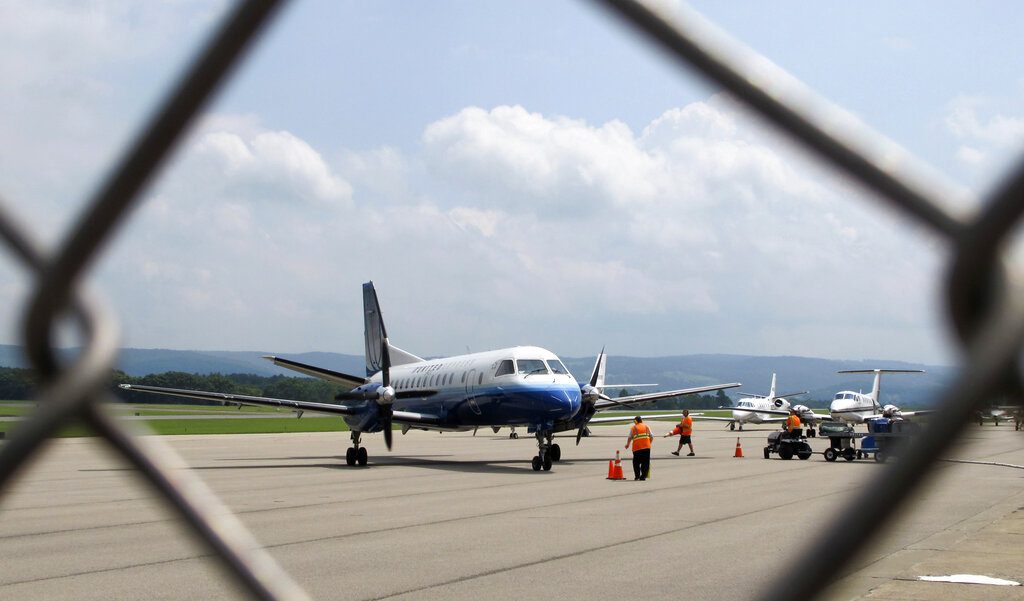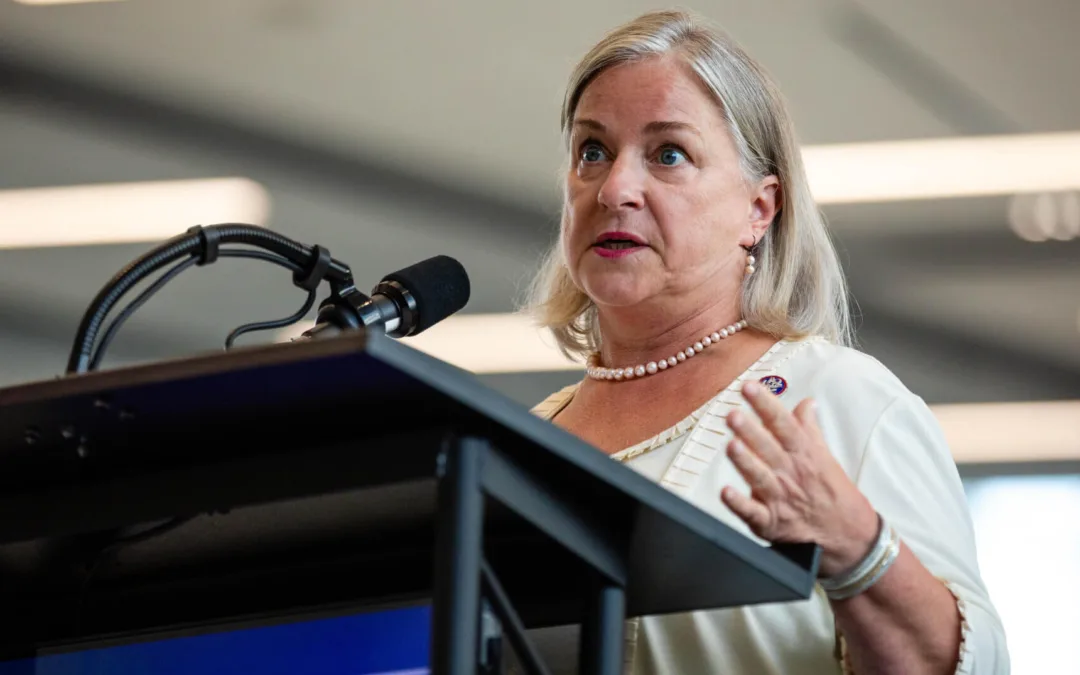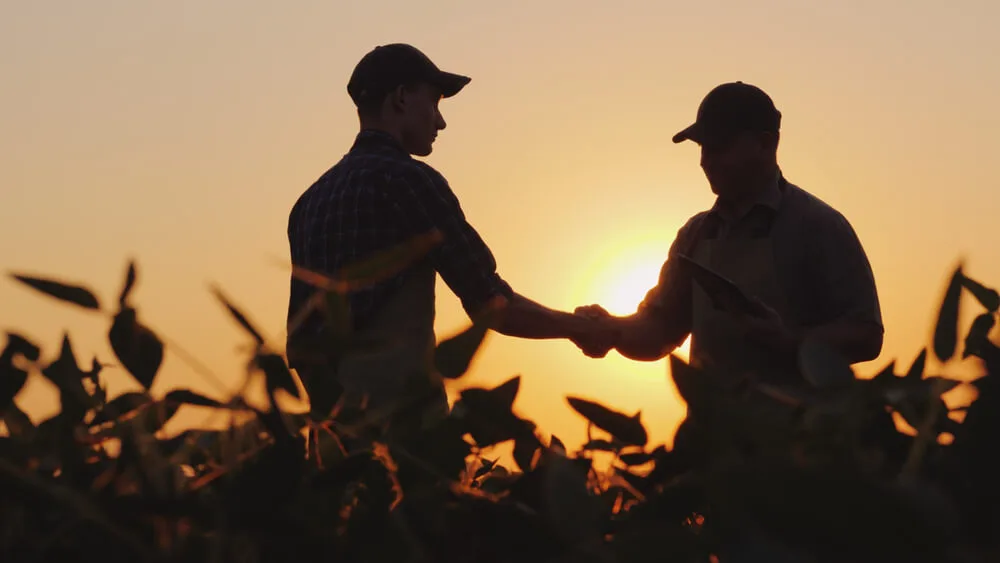
FILE - The headquarters for National Public Radio (NPR) stands on North Capitol Street, April 15, 2013, in Washington. (AP Photo/Charles Dharapak, File)
A House vote is all that stands in the way of President Trump’s effort to claw back more than $1 billion in funding to the public radio and television stations that serve Pennsylvania’s biggest cities and smallest rural communities.
This story appears in the Keystone newsletter. Subscribe here.
On Nov. 7, 1967, President Lyndon Johnson signed the Public Broadcasting Act into law, establishing the Corporation for Public Broadcasting (CPB) and paving the way for public television and radio stations across the US, like the dozens of outlets that serve Pennsylvania’s biggest cities and most rural communities.
Public Broadcasting Service (PBS) stations like WVIA, which serves NEPA, National Public Radio (NPR) member stations like WHYY in Philadelphia, the flagship station for the Fresh Air program, and other public broadcasting outlets receive more than $500 million annually in federal funding from the CPB.
That financial support is now in jeopardy after the US Senate voted in favor of a rescission request by President Donald Trump to claw back nearly $1.1 billion from the CPB, which represents the full amount it’s due to receive during the next two budget years.
The measure, which also looks to cancel billions in foreign aid, now moves to the House. The bill must be signed into law by midnight Friday for the proposed rescissions to kick in. If it passes the House, the public broadcasting funding would end in October. If Congress doesn’t act by then, the spending stands.
In total, Trump’s request seeks to cut about $9 billion in federal spending cuts—a sliver of the federal budget.
Critics of the measure feel the cuts aren’t about reining in federal spending at all, and that they’re rooted in the Trump administration’s stated belief that the public media system is politically biased and an unnecessary expense.
Terry O’Reilly, the president and CEO of Pittsburgh Community Broadcasting, which operates NPR affiliate WESA, told the Philadelphia Inquirer that he believes cuts were about “retribution.”
“We got sucked into a fight we’re not a part of,” O’Reilly told the Inquirer prior to the Senate vote. “Public media is one one-hundredth of 1% of the federal budget. It’s a rounding error.”
Alaska Sen. Lisa Murkowski, one of two Republicans who voted against the legislation, expressed concerns about the cuts to public broadcasting, saying they could affect important rural stations, like those in her state.
Murkowski said in a speech on the Senate floor Tuesday that the stations are “not just your news—it is your tsunami alert, it is your landslide alert, it is your volcano alert.”
Less than a day later, as the Senate debated the bill, a 7.3 magnitude earthquake struck off the remote Alaska Peninsula, triggering tsunami warnings on local public broadcasting stations that advised people to get to higher ground.
The situation is “a reminder that when we hear people rant about how public broadcasting is nothing more than this radical, liberal effort to pollute people’s minds, I think they need to look at what some of the basic services are to communities,” Murkowski said.
What does the loss of funding mean for public broadcasting in Pennsylvania?
The CPB distributes more than 70% of the money to more than 1,500 locally operated public television and radio stations, with much of the remainder assigned to NPR and PBS to support national programming.
Public broadcasting outlets in Pennsylvania’s two largest cities would likely be able to navigate funding cuts with minimal disruption. According to the Inquirer, government funding accounts for about 7% of WHYY’s annual operating budget, and about 9% of WESA’s budget.
The same cannot be said for those outlets in smaller towns, particularly those in rural stretches of the state, where public radio is usually the most reliable way to get news and emergency alerts.
WPSU in State College serves 24 rural counties in central and northern Pennsylvania, and receives roughly 20% of its annual budget (about $1.4 million) from the CPB, according to the Inquirer. Isabel Reinert, WPSU’s executive director and general manager, told the Inquirer that losing that funding could lead to cuts in educational programming and hinder the station’s emergency broadcasting capabilities. This comes as the station is also facing a 20% funding cut (around $800,000) from Pennsylvania State University.
According to the Inquirer, federal funding accounts for about 20% of WVIA’s annual budget, and about 11% for WQED in Pittsburgh, the PBS station where the landmark children’s show “Mister Rogers’ Neighborhood” was developed and produced.
In 1969, when then-President Richard Nixon was threatening to cut the nascent CPB’s budget by half—from $20 million to $10 million—Rogers testified before a Senate subcommittee, advocating for the continuation of funding, and the important service shows like “Mister Rogers’ Neighborhood” provided.
“I give an expression of care every day to each child, to help him realize that he is unique,” Rogers testified. “I end the program by saying, ‘You’ve made this day a special day, by just your being you. There’s no person in the whole world like you, and I like you, just the way you are.’ And I feel that if we in public television can only make it clear that feelings are mentionable and manageable, we will have done a great service for mental health.”
What can you do?
Ahead of the pending congressional vote, you can contact your US representative to share your opinions on the bill. Find your representative in Congress by using this search tool.
You can also donate to your local NPR (find yours here) and/or PBS (find yours here) station.
Information from the Associated Press was used in this report.
Support Our Cause
Thank you for taking the time to read our work. Before you go, we hope you'll consider supporting our values-driven journalism, which has always strived to make clear what's really at stake for Pennsylvanians and our future.
Since day one, our goal here at The Keystone has always been to empower people across the commonwealth with fact-based news and information. We believe that when people are armed with knowledge about what's happening in their local, state, and federal governments—including who is working on their behalf and who is actively trying to block efforts aimed at improving the daily lives of Pennsylvania families—they will be inspired to become civically engaged.


How to support Pennsylvania’s rural communities through volunteering
Throughout Pennsylvania, organizations are working to preserve the rural way of life. Here are five to consider volunteering with. Forty-eight out...

Project 2025 would make flying more expensive and less convenient for rural and small-town Pennsylvanians
Experts have warned that ending the Essential Air Service program, as Project 2025 sets out to do — and as Donald Trump tried to do during his first...

For Rep. Susan Wild, supporting PA families includes reproductive rights and much more
Rep. Susan Wild wants to be very clear with Pennsylvanians: Donald Trump is committed to taking away women’s reproductive freedom, but he is not...

Biden invests $5 billion to support rural communities, including in Pennsylvania
The Biden administration last week announced over $5 billion in new investments in rural communities across the country, as part of its effort to...

Here’s What a Government Shutdown Would Mean for Rural Communities
The federal government is just days away from a shutdown slated to begin on Oct. 1 at 12:01 a.m., unless Congress passes a funding plan that...



